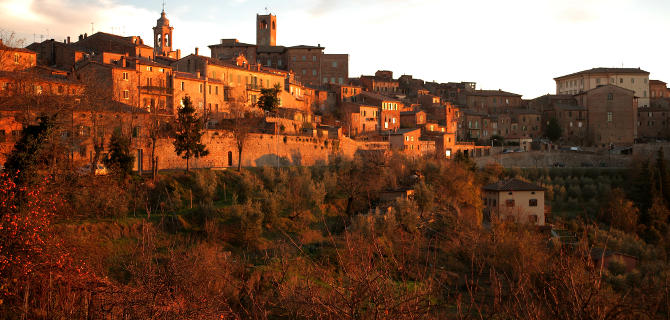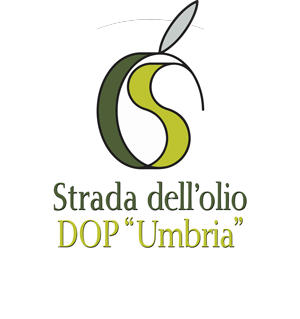
The Orvieto. Old History and new stories.
Finally, the landing. Under the eyes of the weary traveler after so much turning but increasingly eager for new emotions, the blond Tiber, the river of time “al ciel prediletto” as Virgilio called it, great among the largest in the world, certainly not for size but because on its shores and on its waters the Italic peoples wrote their history and modeled their own civilization.
So ends in the Orvieto, another fabulous flap of a unique land, this “coming and going” unusual and tireless, up and down the Umbria through the fascinating “oil road”, between the silver of the olive trees, the ‘acrid smell of the mills, the typical restaurants, events, legends, cultural heritage, the endless manifestations of art and faith.
A heritage of incalculable value that hides itself almost fearful of appearing or, on the contrary, shows itself proudly in hamlets and cities, between mountains and hills, in sunny plains, along streams of water, overlooking the lakes.
A source of continuous amazement, such as the one that is felt in front of the monastery of Sant’Angelo in Pantanelli where, it is said, Iacopone da Todi composed the famous “Stabat mater”. Or, in front of archaeological treasures such as the Etruscan tombs painted in the Molinella necropolis and the two Golini tombs in that of Settecamini, whose frescoes are now in the rooms of the National Archaeological Museum of Orvieto.
This city is indeed sacred to the Etruscans, a city of time and timeless, which magically combines absolute rigor and reckless imagination that find the highest expression in the Cathedral of extraordinary beauty and in that masterpiece of hydraulic engineering that is the Well of St. Patrick.
But the wonderful meetings seem to never end. The one with the city of Guardea flying high spreading values like altruism, union, peace and brotherhood, symbolized by the Arch of Planetary Consciousness, a great construction made with stones sent from all over the world and in particular from those places where the coexistence between men were more disregarded and offended.
Unrivaled view of the flowery hills of olive trees that make Montecchio the first town in the area for the production of oil, an extra virgin olive oil with a bright, slightly bitter and spicy green color. Therefore, a visit to Todi and the incomparable Piazza del Popolo are unmissable, where the palaces that symbolize secular and religious power are proudly facing each other.
And after a heartfelt tribute to Monte Castello di Vibio, a small village with the smallest theater in the world, you can end the trip to Montegabbione with a flourish.
The “ideal city” is therefore still in its place to witness, through the extravagant and (apparently) indecipherable creative games that distinguish its form and its substance, how to lose the sense of reality and find the true meaning of life instead. , reaching full spiritual harmony.
This is ultimately his task: to perpetuate the message of St. Francis, the “poor man” of Assisi whose figure, from Umbria “vella, ripiena de splennore, de mistica vontà, de pace e amore” adorned with olive trees and vines that make it unmistakable, radiate the light of hope everywhere, to admire a “presence” so disturbing as to remain as if it were thunderstruck: the Scarzuola, an ancient convent on top of a hill founded by San Francesco and transformed, towards the middle of the last century by the Milanese architect Tommaso Buzzi, into an “ideal city” that called “Buzziana”, with a display of architectural fantasy and ideal depth without equal.
